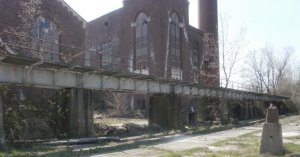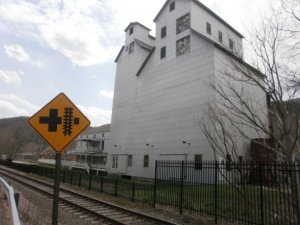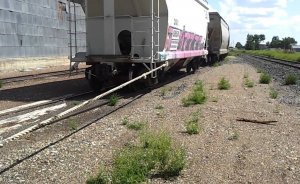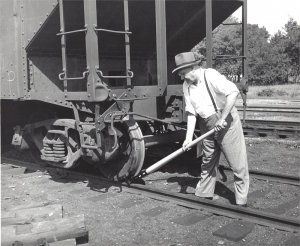NYC_George
Well-Known Member
I was thinking about the different methods businesses used to move cars after being spotted on a siding. Back in the early 70's we spotted 4 coal cars a week at the Harlem Valley state power plant in Wingdale NY. (photo below) A friend of mine who worked there told me they used a car bumper jack to re spot the 4 coal cars on the trestle. I'm not sure how that worked but he said, that's what they did? I know most of the family owned grain & feed facilities used a rope / pulley type system. The rope was tied to the freight car and wrapped around a metal cylinder. My wife and I took a ride following the New York Central upper Harlem line trying to see if any reminisce of these systems remain. The businesses are gone, some of the building are still there. (photo below) In any case I thought if might be a nice added detail if your modeling a grain / feed business. Two photo of the todays trip and other examples below.





